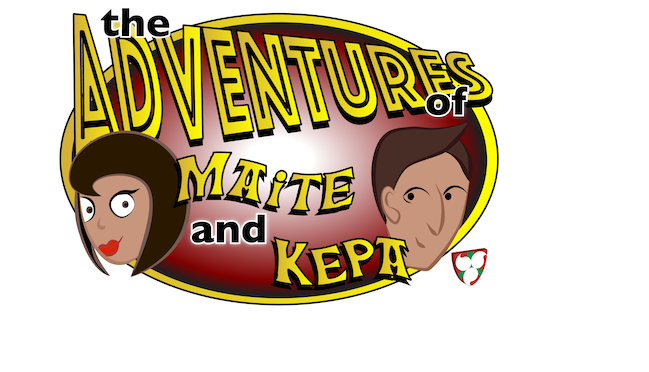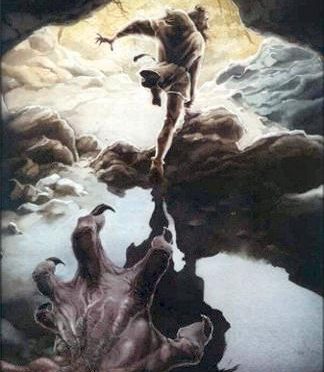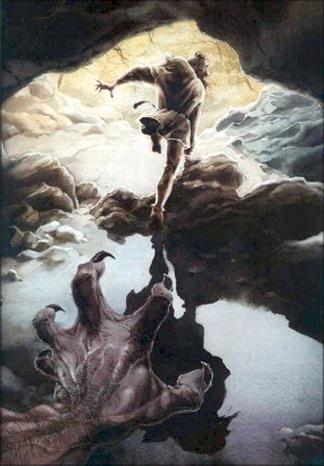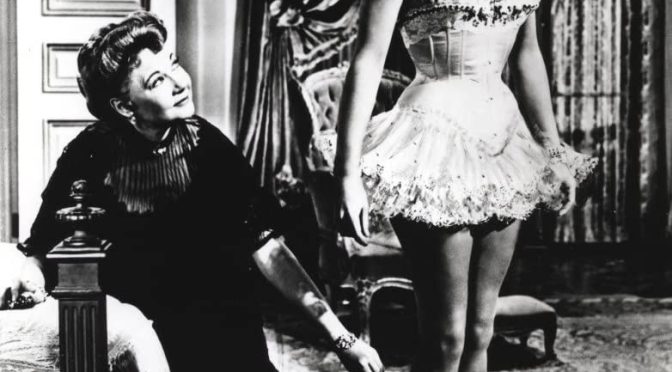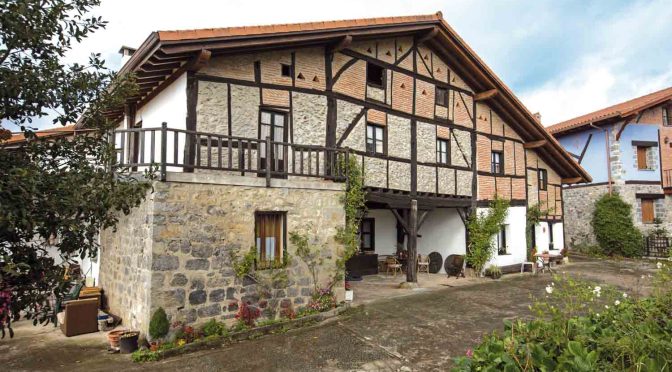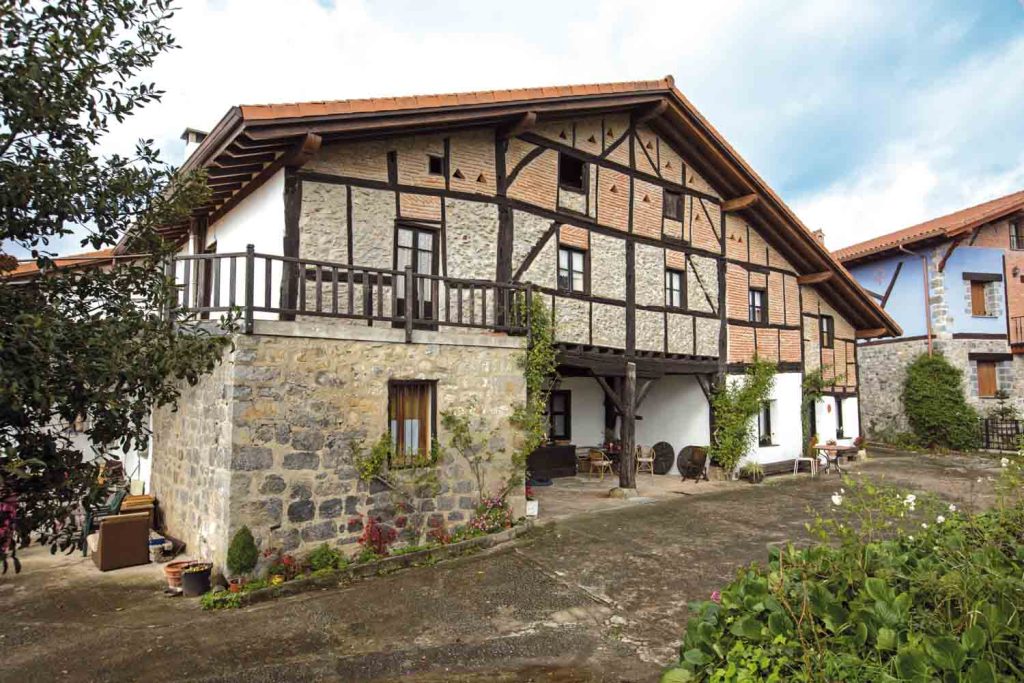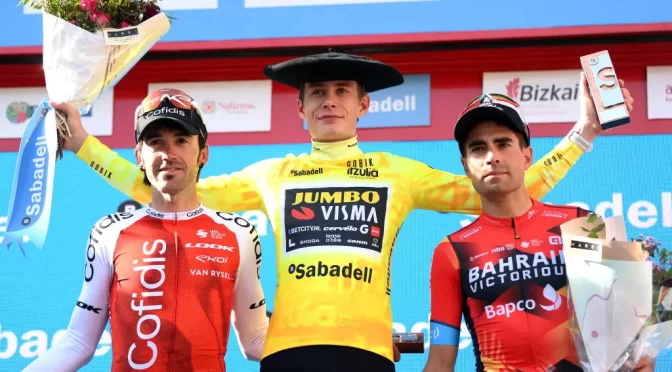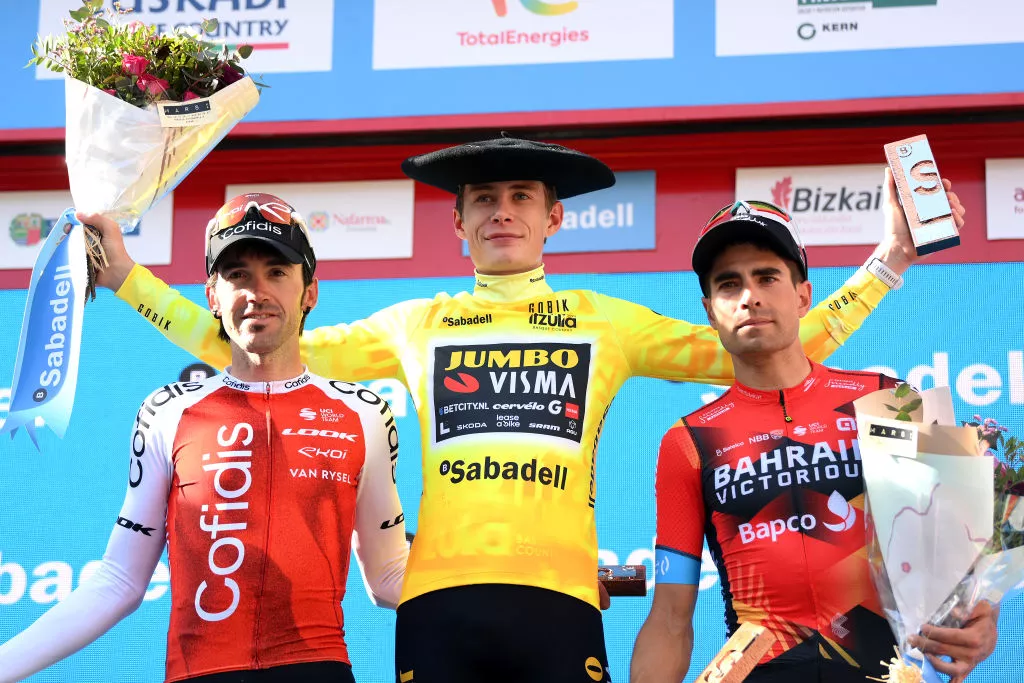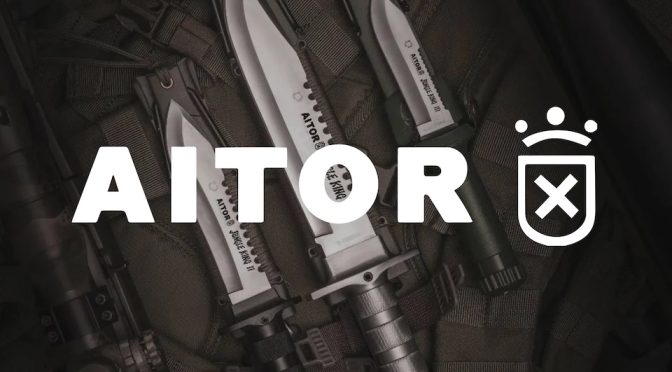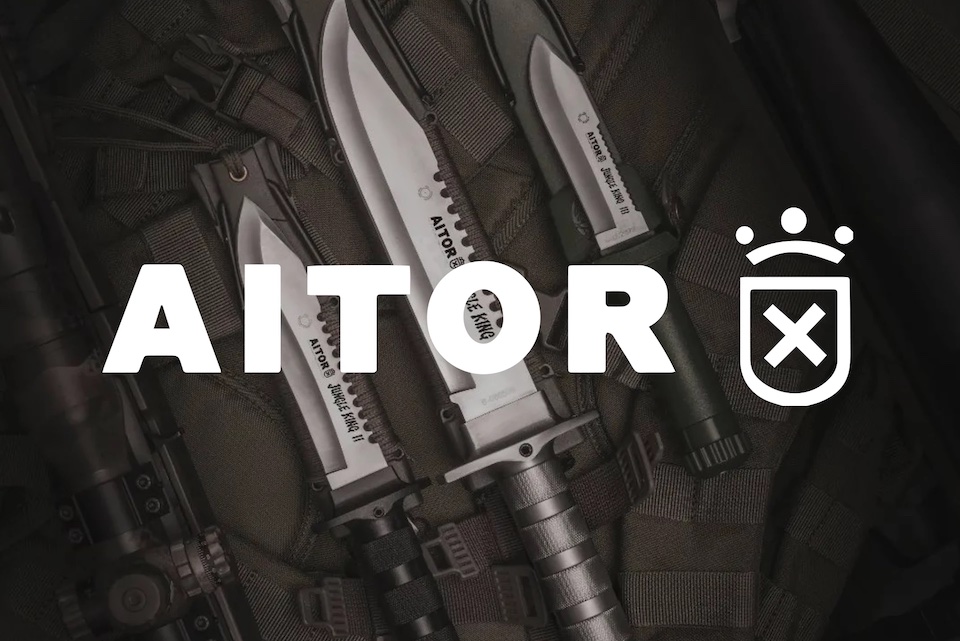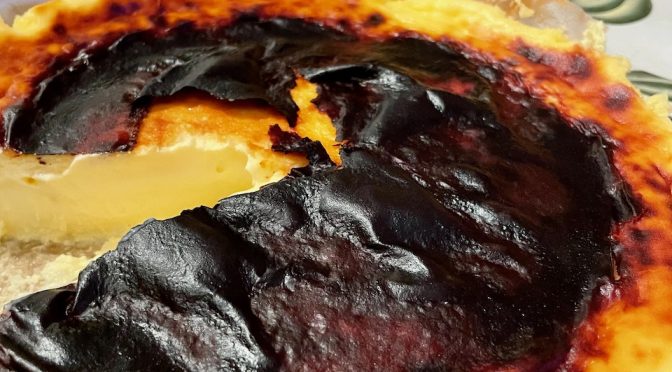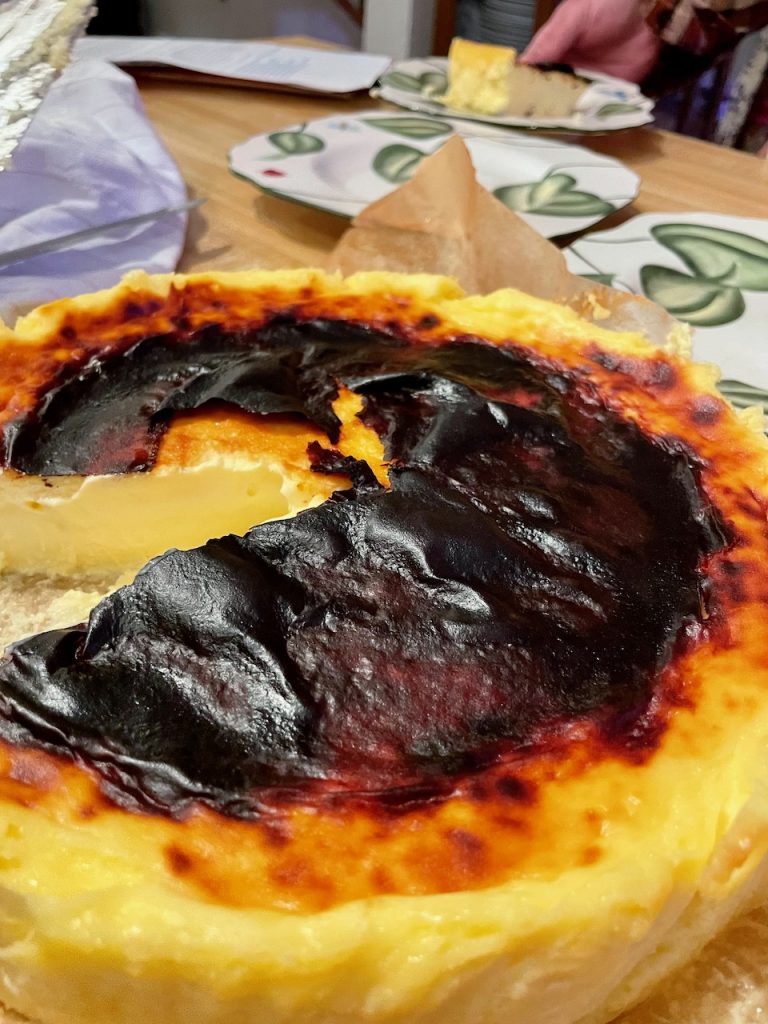Maite grabbed the hand offered her as she climbed up the ladder back into the sacristy. As she stepped over the fake trunk’s side, she noticed the bruise beginning to form on Josean’s cheek. “What happened?” she asked in alarm.
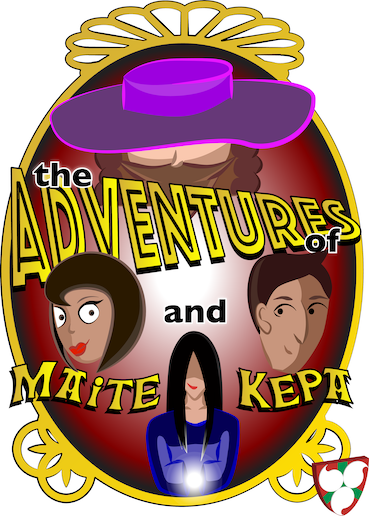
Kepa was making his way out as Josean replied. “The French soldiers. They had seen the broken window and were looking for fugitives. I told them some orphans had broken in looking for food. They didn’t believe me, at least not at first. So, they roughed me up a bit while searching the sacristy.”
“Eskerrik asko,” said Kepa. “If they had found us…”
“That’s why we have these secret spots,” interrupted Josean waving his hand at the trunk.
Maite turned to Kepa. “What now? We can’t stay here and put Aita in jeopardy like this.”
Josean shook his head. “Don’t worry about me. I know how to take care of myself. You don’t reach my age without a bit of luck and even more craftiness.”
“Still,” began Maite.
Kepa nodded. “We need to find the zatia.”
“Zer?” asked Josean. “What is a zatia?”
Kepa looked over at Maite. “Just something we lost. Something very important to us.”
“I can help,” replied Josean. “What does it look like?”
“It is… hard to described,” said Kepa.
“Well, where did you lose it?”
“In the city somewhere,” replied Maite.
Josean chuckled. “You would think the French are interrogating you, you are so vague with your answers. Nevermind. You don’t need to tell me and I won’t press you any further.” His hand fished around in the depths of his pocket and pulled out a key. He handed it to Maite. “Take this. The tunnel under the trunk leads away from the church and to an abandoned house in the old part of town. This key opens the gate on the other side. You can come and go as you need to.”
Maite took the key, warm from absorbing the heat from Josean’s hand. She leaned over and gave him a small peck on his undamaged cheek. “Eskerrik asko,” she said in a low voice.
“Ba, ez horregatik,” replied Josean, his cheeks blushing. “All I know is, if the French are looking for you, I want to be sure they don’t find you.”
Josean handed Kepa a bundle wrapped up in a plain white cloth. “It isn’t much, but here is some food.”
Kepa took the bundle and nodded before disappearing back down the darkness underneath the trunk.
If you get this post via email, the return-to address goes no where, so please write blas@buber.net if you want to get in touch with me.

